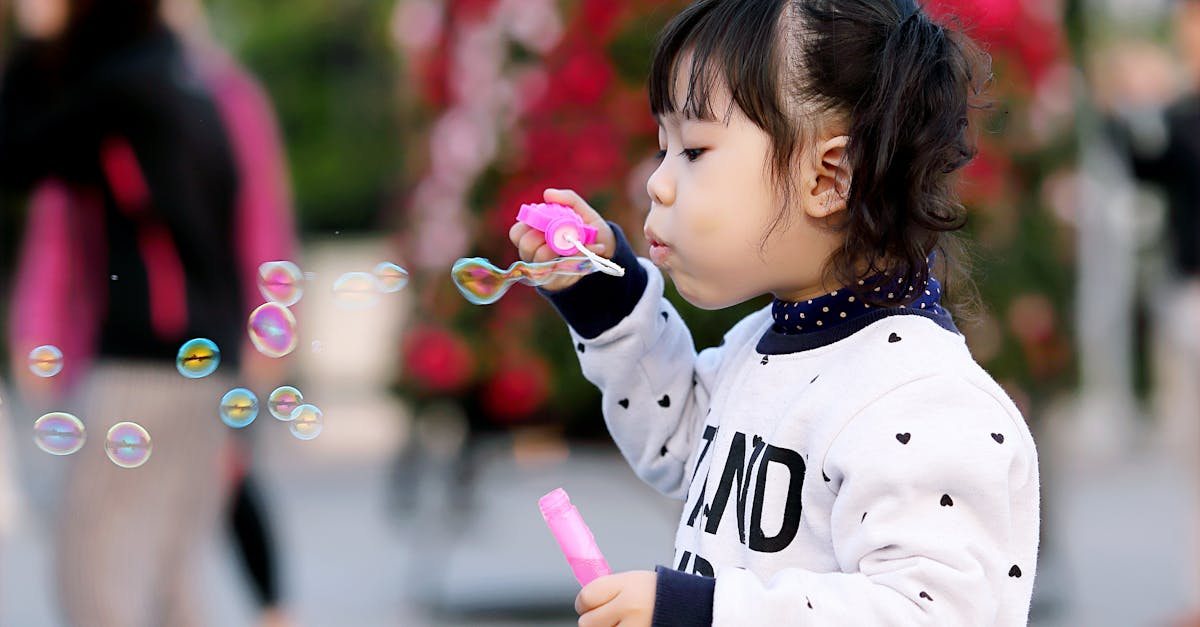Why Prayer Matters for Preschoolers
Picture your preschooler tackling the world like a miniature superhero, cape and all! Just as they need guidance tying shoelaces, they need help with their spiritual growth. Teaching prayer boosts their emotional resilience. It’s as powerful as spinach for Popeye!
Prayer helps kids process feelings and build comforting routines—critical to their well-being. By fostering this habit, you’re giving them a toolkit for life’s ups and downs. Encourage them to see prayer as a friend they can turn to anytime, day or night, no secret lair required.

Benefits of Teaching Prayer to Preschoolers
- Emotional resilience: Prayer helps children manage their feelings.
- Comforting routines: Establishing a routine around prayer can provide stability.
- Spiritual growth: It encourages exploration of their faith and beliefs.
- Support system: Viewing prayer as a friend offers emotional support at any time.
Incorporating prayer into your preschooler’s routine is part of nurturing not just their spirituality, but also their overall well-being.
Emotional Well-being: Common Challenges
Preschoolers face emotional challenges like any seasoned adult. Separation anxiety, sibling rivalry, and fear of that shadowy corner of the room can be overwhelming. Laughs and cuddles help, but a sprinkle of prayer adds stability. It’s like giving them emotional armor made of cozy hugs and happy thoughts.
Prayer lets them express and sort through these complex emotions, developing a sense of security and calm. It’s a conversation beyond words, bridging their tiny hearts with great big comfort.

Emotional challenges are not just hurdles, they are also opportunities for growth. Here are some strategies to support preschoolers through these challenges:
- Encouragement: Offer comforting words and reassurance.
- Routine: Establishing a consistent routine can help create a sense of security.
- Open Communication: Allow them to express their feelings freely.
- Mindfulness Practices: Introduce simple breathing exercises or calming activities.
By incorporating these practices, we can help children navigate their emotions, allowing them to build resilience and emotional strength.
Creating a Joyful Prayer Routine
Ever tried herding cats? It’s easier than getting a preschooler to sit still. But don’t worry, creating a joyful prayer routine can be fun!
Mix energetic play with moments of calm. Imagine a mini dance party, followed by a whisper of gratitude. Make prayer time something they look forward to, like storytime with extra cuddles.
- Keep it playful yet peaceful,
- Sprinkling in maybe a silly prayer dance or a round of giggles.
- Let them lead the prayer now and then,
- Encouraging creativity and confidence.
Here’s a visual for inspiration:

Practical Ways to Introduce Prayer
Introduce prayer with stories or songs, capturing their vivid imagination. Perhaps a superhero who whispers prayers before bedtime adventures. Use creative methods like drawing or storytelling to explain concepts.
Engage their curiosity with questions: “How does it feel to talk to someone invisible?”
Use props like a prayer jar, where they drop in thoughts, and see how they float their worries away—a visual aid to internal peace.
Reinforce that there’s no right or wrong in prayer; it’s as unique as their imaginary world.

Handling Curiosities and Questions
Little ones are as curious as cats. Expect a zillion questions about who, what, and where when it comes to prayer. Channel your inner comedian for answers, and remember: curiosity drives learning.
Don’t shy away from questions. Instead, encourage them with open discussions and patience. Share funny personal moments from your spiritual journey; your stories and the occasional misstep in your faith journey make you relatable.
They’ll see the beauty in imperfection and the joy in learning new things together.

Finding the Right Balance
Balance is key; too much of anything can turn formidable. While teaching prayer, ensure it’s one of many emotional anchors. Encourage children to explore play, art, and friendships, which will complement their prayer activities.
Imagine prayer as a magic ingredient in a mighty happy-life soup. Foster flexibility, allowing your child to navigate using all the different tools available to them.
Maintain a relaxed and open approach, viewing prayer as a component of life rather than the centerpiece. Remember, perfection isn’t the goal—happiness, love, and acceptance are.

